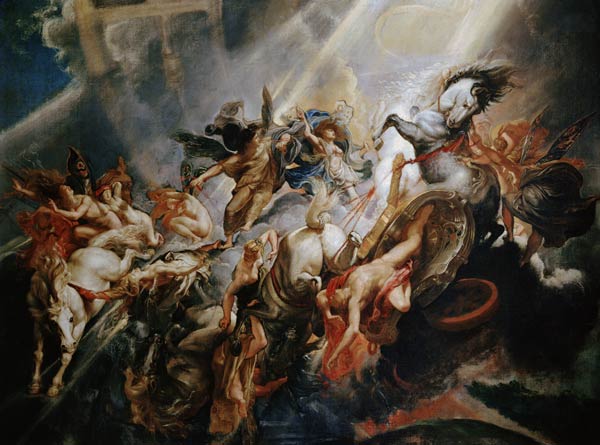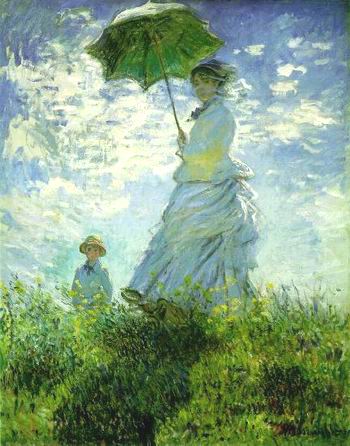I want to go out and buy that new flatscreen TV that takes up an entire wall. I want a small fleet of SUVs that will take my family around in all our suburban style. And I want a giant new house to store these and more goodies that I can find. Isn’t this my right? Isn’t this the American dream?
While the above scenario is exaggerated, it does highlight an important issue for all people, but we Americans especially: our way life is quickly taking its toll on the planet and its resources, and is simply not sustainable.
Now, what is sustainability? Sustainability is the ability of man and nature to coexist and maintain that coexistence. It is managed through three dimensions: the social, the economic, and the environmental. To do so, we must take into account our needs, the social and economic standpoints, and those of the environment.
The social aspect is a quality of life issue. It maintains that in order to uphold the integrity of the other two dimensions, people must be satisfied with their way of life, and that way of life must be sustainable for the long term. If the people aren’t satisfied with the economic or environmental policies, change will occur, either for better or worse.
Economic success is generally defined by gross domestic product, or the nation’s net production per year. The overall goal is to keep the GDP at a rise, but this doesn’t necessarily address sustainability. Another important factor is population under the poverty line, which ties in with the social aspect. The economic aspect must also be concerned with environmental sustainability and human consumption. So economic sustainability means the maintenance of strong local and global economies, but while also maintaining an overall quality of life for all individuals and not adversely affected the environment.
These first two pillars were human intensive, meaning they only affect we the people. But environmental stability is the most important theme in the overall definition of sustainability. Without the environment, there would be no resources on which to base any economic or social structure. Maintaining environmental stability is a many-faceted approach, with goals like increasing use of recycled materials, reducing the carbon footprint, and increased use of alternative energy resources all playing important roles. But ultimately, it’s a social issue. If everyone recognized the true importance of environmental sustainability, change will occur. Only together can we truly maintain a sustainable path for the future.

But this is not the case. The pillar model of sustainability (from thwink.org) is badly weakened and all three pillars are damaged. We are using natural resources and polluting the environment at an unprecedented rate, and we are already paying the price. Climate change and overexploitation have caused myriad problems, from droughts to wildfires and the destruction of millions of acres of irreplaceable environment. This is due both to the social and economic outlook of today’s people. Our quality of life expectations are far too extravagant to be supported for much longer. In 1969, there were 3.2 people and 1.2 vehicles per household. In 2009, there were 2.5 people per household and 1.9 cars (National Issues Forums). Thus, there are fewer people using more cars now. This is just the example of people wanting more and more, and for less money. Our gas prices are some of the lowest in the world, and this encourages the use of larger and more energy-costly vehicles. We build larger and large houses, and build them up with energy-costly appliances. While the trend has begun to shift in recent years with hybrid and electric vehicles, and smaller, more energy-efficient houses, it still isn’t enough. As a society, we expect more than what we can sustain, and until we realize and reaffirm our stance, significant change will not occur. And when I say “we”, I mean everybody. It’s not enough that we recycle our plastic bottles and buy a hybrid; we need a total paradigm shift.
This is, of course, tied in with the economic situation. Our nation’s infrastructure is built on fossil fuels. Natural gas, coal, and petroleum derivatives made up a full 77% of the nation’s energy production in 2011 (eia.gov). Major overhauls are needed to accommodate electric vehicles and other new technologies, and these are not economically viable in the short term. So they are not as widely implemented as they should be. But the ugly truth is that sustainability will not be economically efficient anytime soon. The shift from fossil fuels to more environmentally friendly alternative energy resources will be costly, time-consuming, and difficult. But it is also inevitable. The sooner this shift begins, the better it will be, both for us and the environment. The economic upheaval will end more quickly, and there will be less damage to clean up.
We are not alone in economic responsibility. While much of Europe has made great strides in the alternative energy and sustainability field, many developing countries are falling into the same habits we had begun so long ago. The most poignant example is China. China is the largest energy consumer in the world, and once again, the majority of their energy comes from fossil fuels. As countries develop, they require more and more energy, preferably cheap energy. This is usually by way of fossil fuels. At the same time, these countries often overexploit their natural resources in order to pay for their rise into the developed world. it is not surprising, or even bad: providing for their citizens and growth is more important the protection of the seemingly inexhaustible biosphere. But we now know the biosphere is very much exhaustible, and is being exhausted more quickly each and every day. As citizens of the Earth, it is each and every one of our responsibilities to promote change so that our way of life can be sustained for the foreseeable and unforeseeable future. This isn’t some outlandish theory that may or may not happen, but is in fact happening right now. We have the power to change it, but will we?
http://www.nationmaster.com/graph/ene_gas_pri-energy-gasoline-prices
http://www.eia.gov/countries/country-data.cfm?fips=CH
http://www.epa.gov/sustainability/basicinfo.htm
http://www.eia.gov/energyexplained/index.cfm?page=us_energy_home
http://www.thwink.org/sustain/glossary/ThreePillarsOfSustainability.htm
http://reports.parsons.com/sustainability/chair-pillars.html






